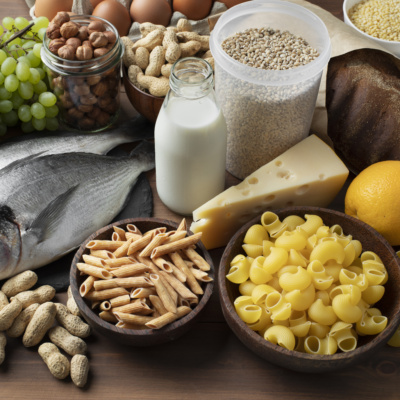top of mind news
- 4 Benefits Of A Foodservice GPO
- As Winter Arrives, Welcome to Restaurant Purgatory
- Chicken Thighs Are Getting More Attention On Menus
- The Key to One Restaurant’s Success: Multichannel Ordering & Delivery Platforms
- Restaurant Industry Loses Jobs for First Time Since April
Poultry
 Chicken slaughter for the holiday week ending November 28th, at 1.34 million head, was 3% larger than the year prior and only the second year-over-year increase since early March. The six-week sum of broiler output was down just 1.5% from a year ago, but recent hatchery data continues to suggest that active production expansion is not anticipated. The ArrowStream chicken index has been on an uptrend since early November and is now at its highest level for early December since 2014. Wing prices continue to support that index, with tenders posting increases, as well. Tighter chicken supplies are expected to persist which should still support prices moving into early 2021.
Chicken slaughter for the holiday week ending November 28th, at 1.34 million head, was 3% larger than the year prior and only the second year-over-year increase since early March. The six-week sum of broiler output was down just 1.5% from a year ago, but recent hatchery data continues to suggest that active production expansion is not anticipated. The ArrowStream chicken index has been on an uptrend since early November and is now at its highest level for early December since 2014. Wing prices continue to support that index, with tenders posting increases, as well. Tighter chicken supplies are expected to persist which should still support prices moving into early 2021.
Beef
Production last week picked up following the holiday week, but the 667k head harvested were 2.2% back of a year ago. There remains just two full beef production weeks left in 2020, and packers are likely to remain aggressive ahead of two consecutive weeks of holiday reduced kills. The USDA boxed beef cutouts were mixed last week, with the Choice fading while Select headed up. Still, the Choice ribs continued to find significant strength, but downside has overtaken the remainder of the carcass. The beef 50s prices continue to chop sideways near $0.40, but modest upside potential is expected heading into early 2021.
Pork
Pork production had a record setting week last week, with the 609.4 million pounds produced topping the previous record set the same week a year ago. Pork belly and ham prices continue to be erratic, but both finished last week higher while the remainder of the carcass headed lower. Still, belly prices are in the mid-$0.90s and are modestly below year ago levels. But higher belly prices are likely to be noted into early 2021. Pork 42s prices likely have some additional downside ahead, but will likely set their seasonal low somewhere ahead of late January.
THE SEA
Seafood
Rising COVID cases in the U.S. and in Europe are causing various government entities to further restrict foodservice activity. This is likely to further dampen seafood demand over the next several weeks and lead to bigger imports in the U.S. Thus, the upside in the major seafood markets including shrimp and salmon is expected to be relatively limited during this winter.
THE GARDEN
Produce
The lettuce markets are moving lower due to improving supplies and lackluster demand. Although better, U.S. lettuce shipments are still tracking below year ago levels. History suggests that further lettuce price declines could be forthcoming. The five-year average trend for the iceberg lettuce market during the next three weeks is a decline of 55%. The Hass avocado markets remain relatively depressed due to strong supplies from Mexico and erratic demand from foodservice. The downside risk in avocado prices is likely nominal from here.
THE KITCHEN SINK
Dairy
CME cheese block and barrel prices finished last week the lowest since May and August, respectively. Per the USDA, U.S. October cheese output was down 0.6% (y/y) but up 3.2% from September. Although cheese prices can still decline in the near term, the likelihood of bigger exports could support prices relatively soon. CME spot butter prices last week were the highest in seven weeks but still the cheapest for December since 2009. October domestic butter production was up 1.2% (y/y) and was 8.8% better than the prior month. The downside price risk for butter is likely nominal due in part to perceived value.
Grains
The world food oil markets remain firm. Indonesia, the world’s largest palm oil exporter, increased the tax on palm oil exports last week which has underpinned the markets recently. If nearby soybean oil futures make a sustained move above the $.40 lb. level, more upside potential in the food oil markets should be expected.
Oil
After hitting the highest level since January 2019 last month, nearby natural gas futures have declined 28.6% (from that high). If winter-like colder temperatures do not occur soon, than natural gas prices will face further downside pressure.













